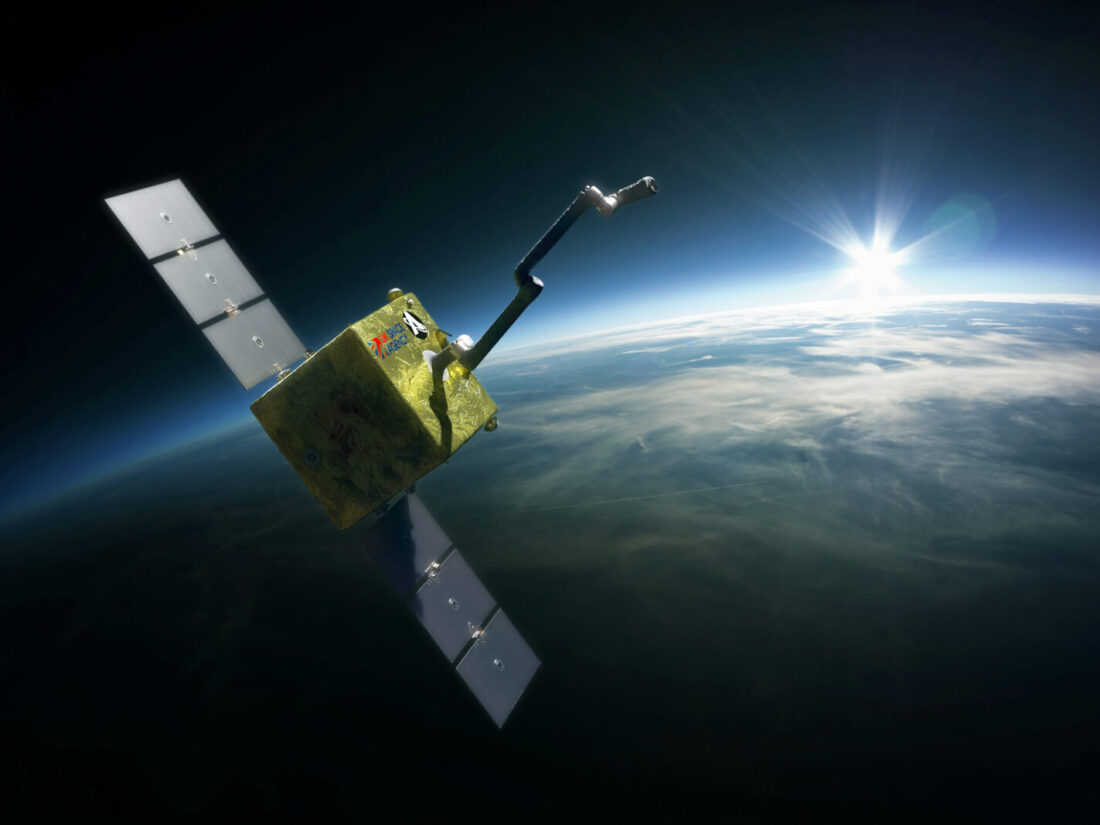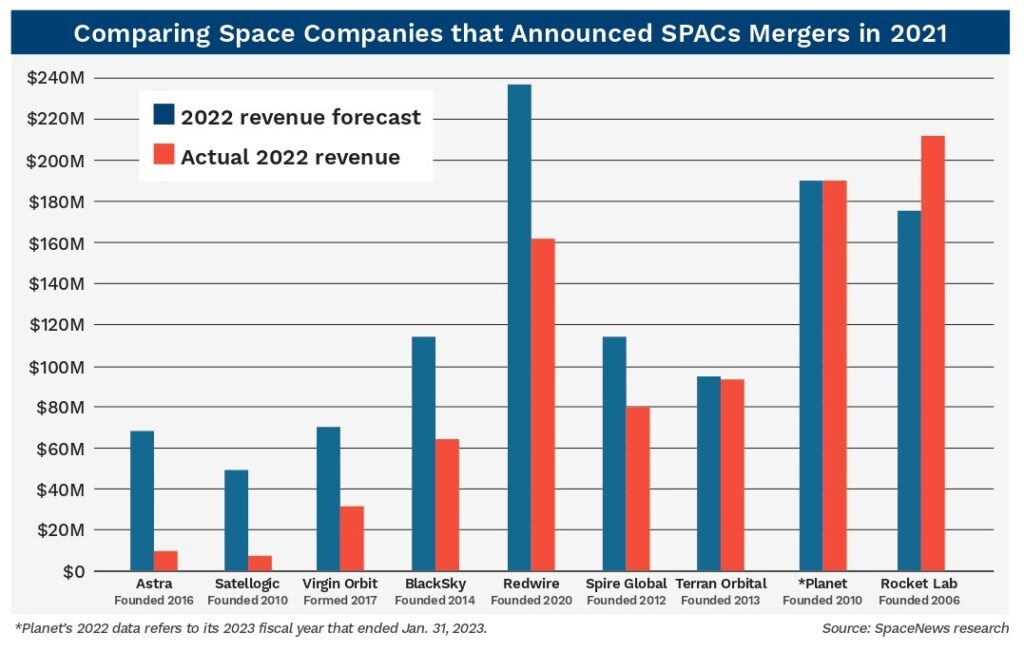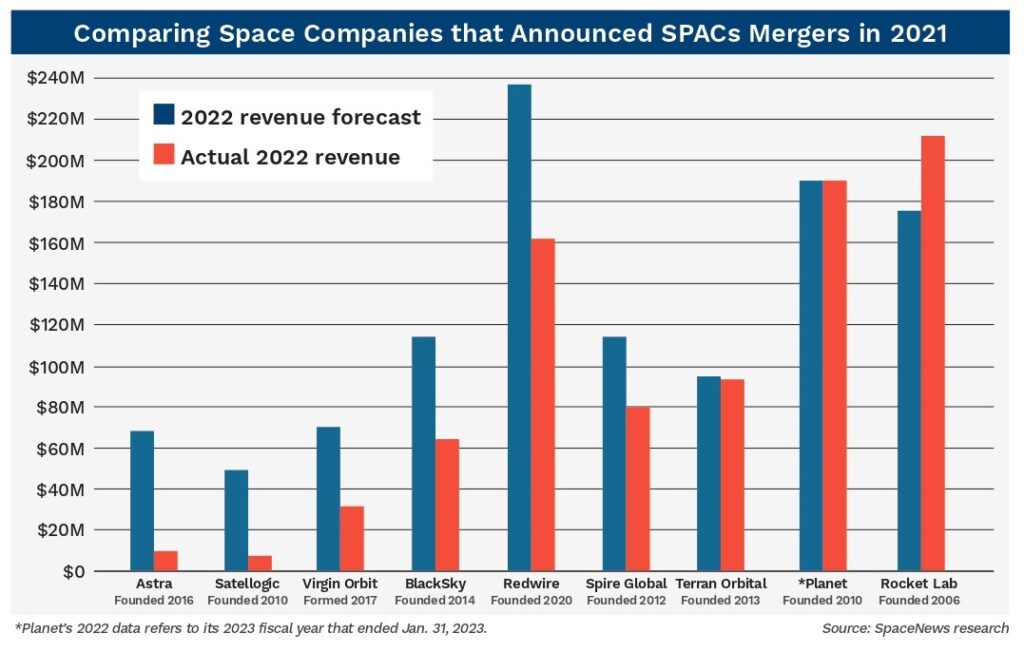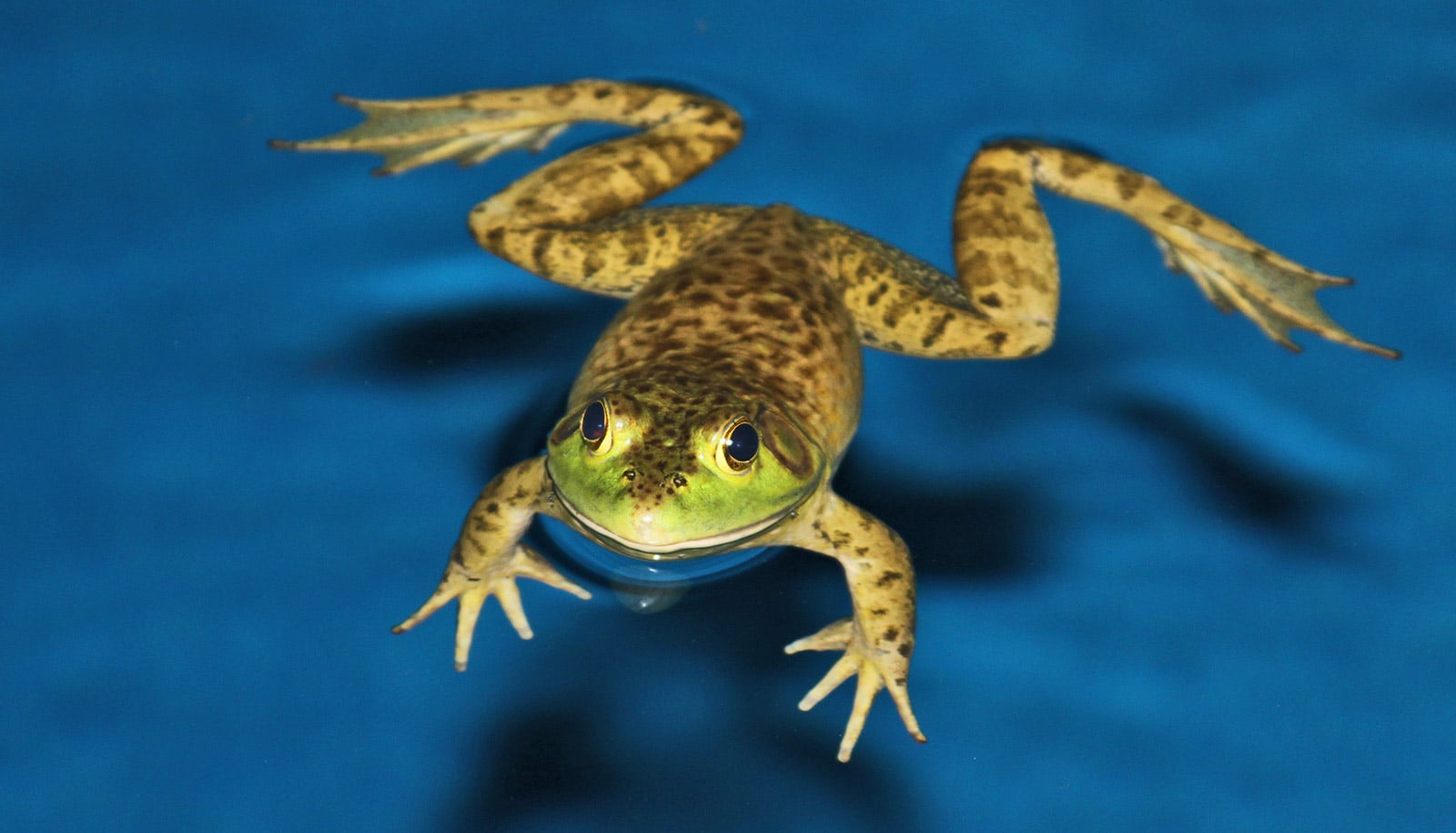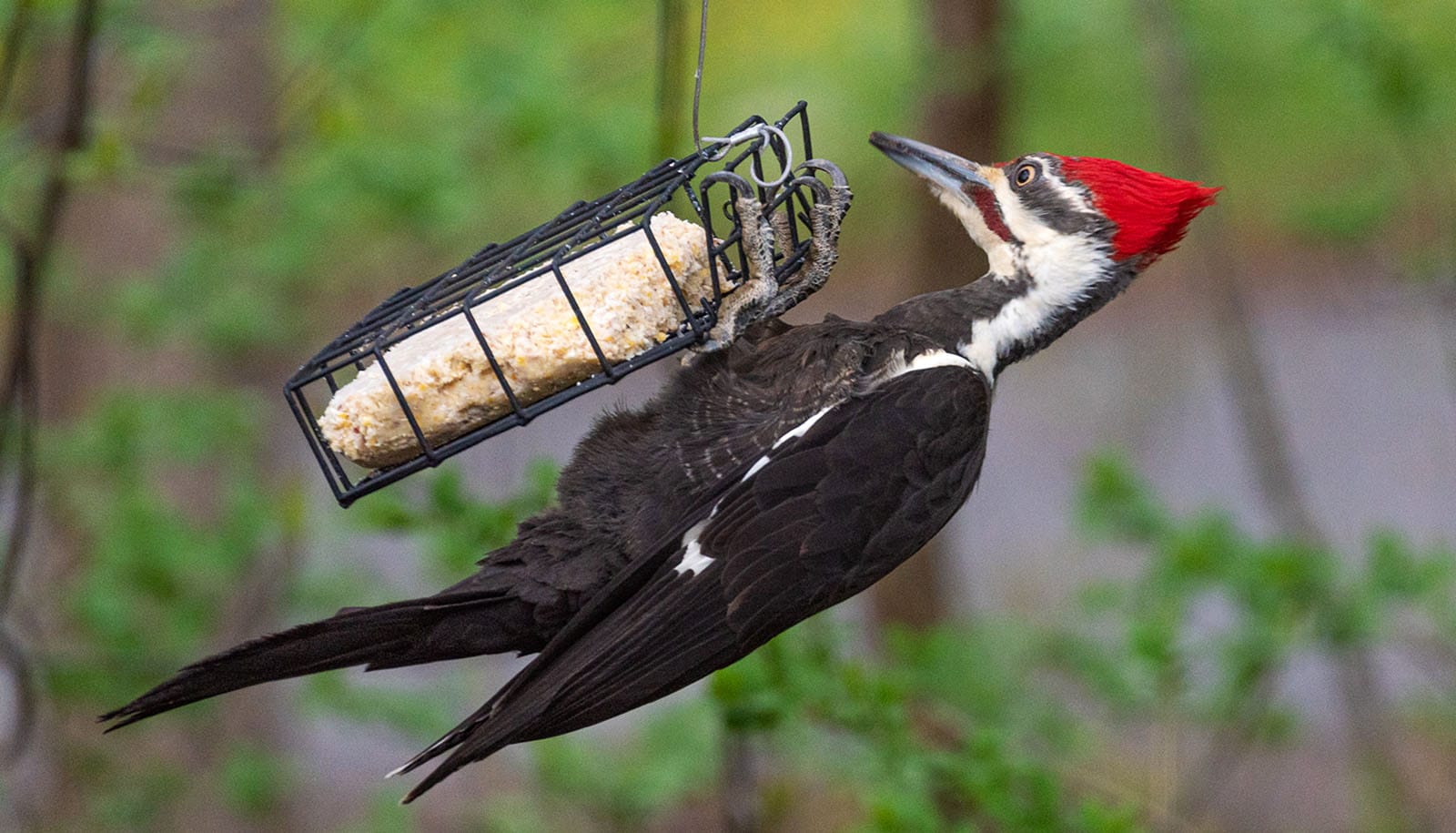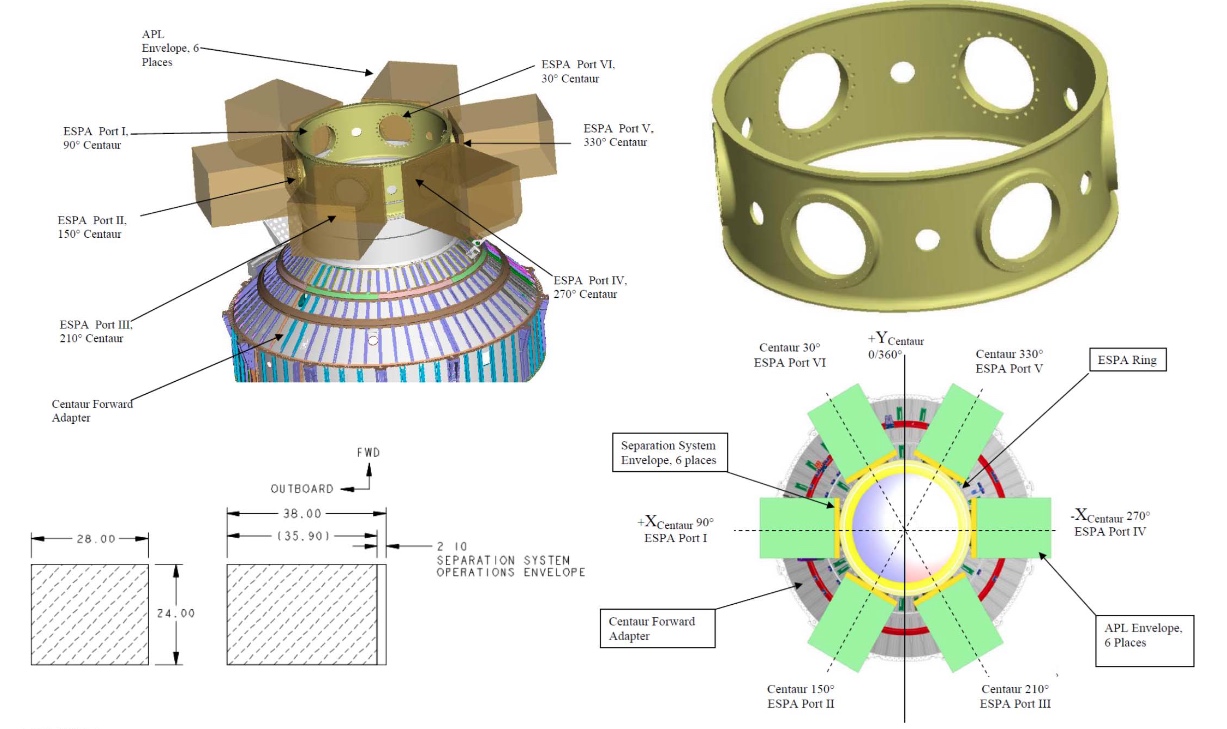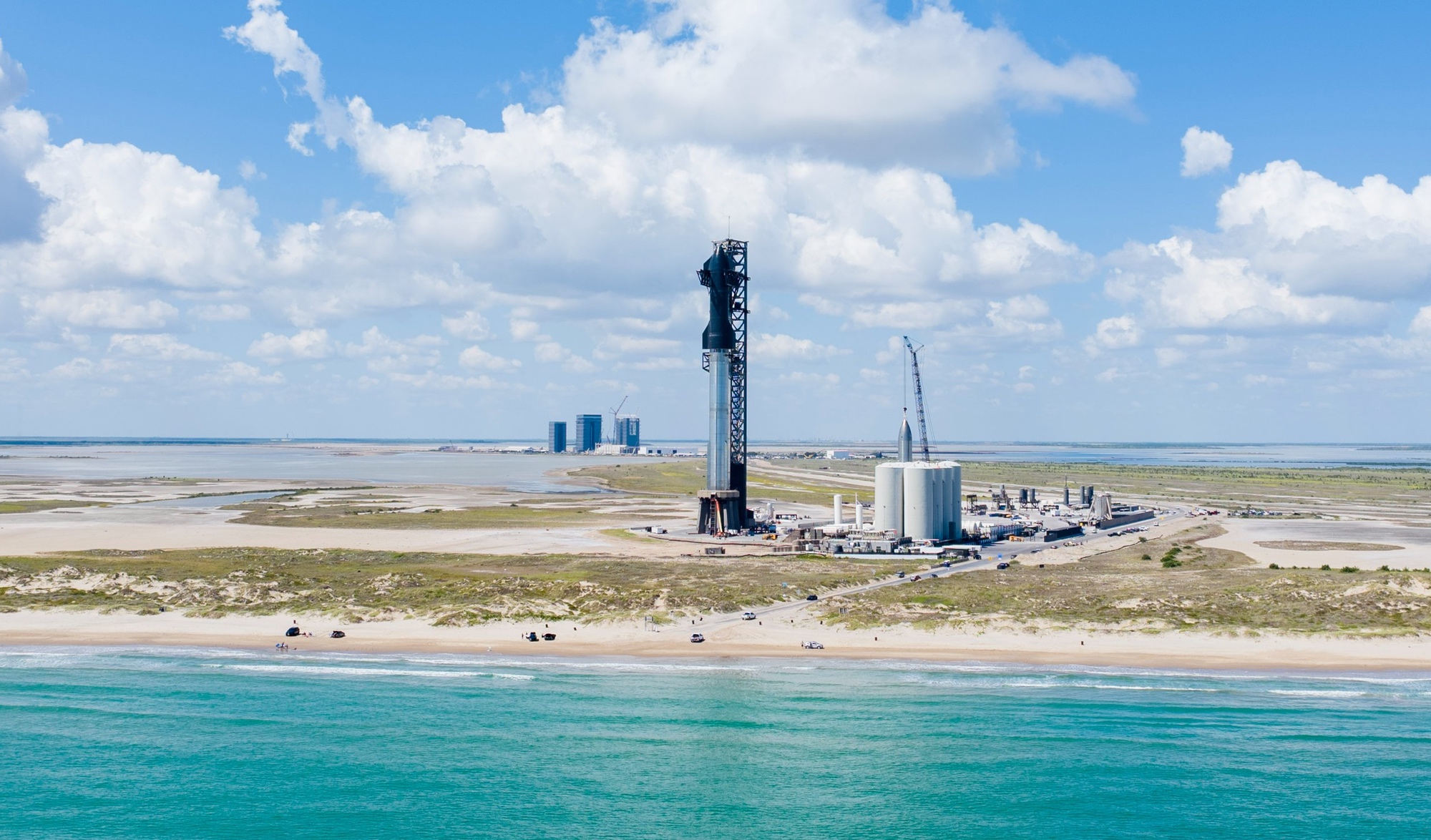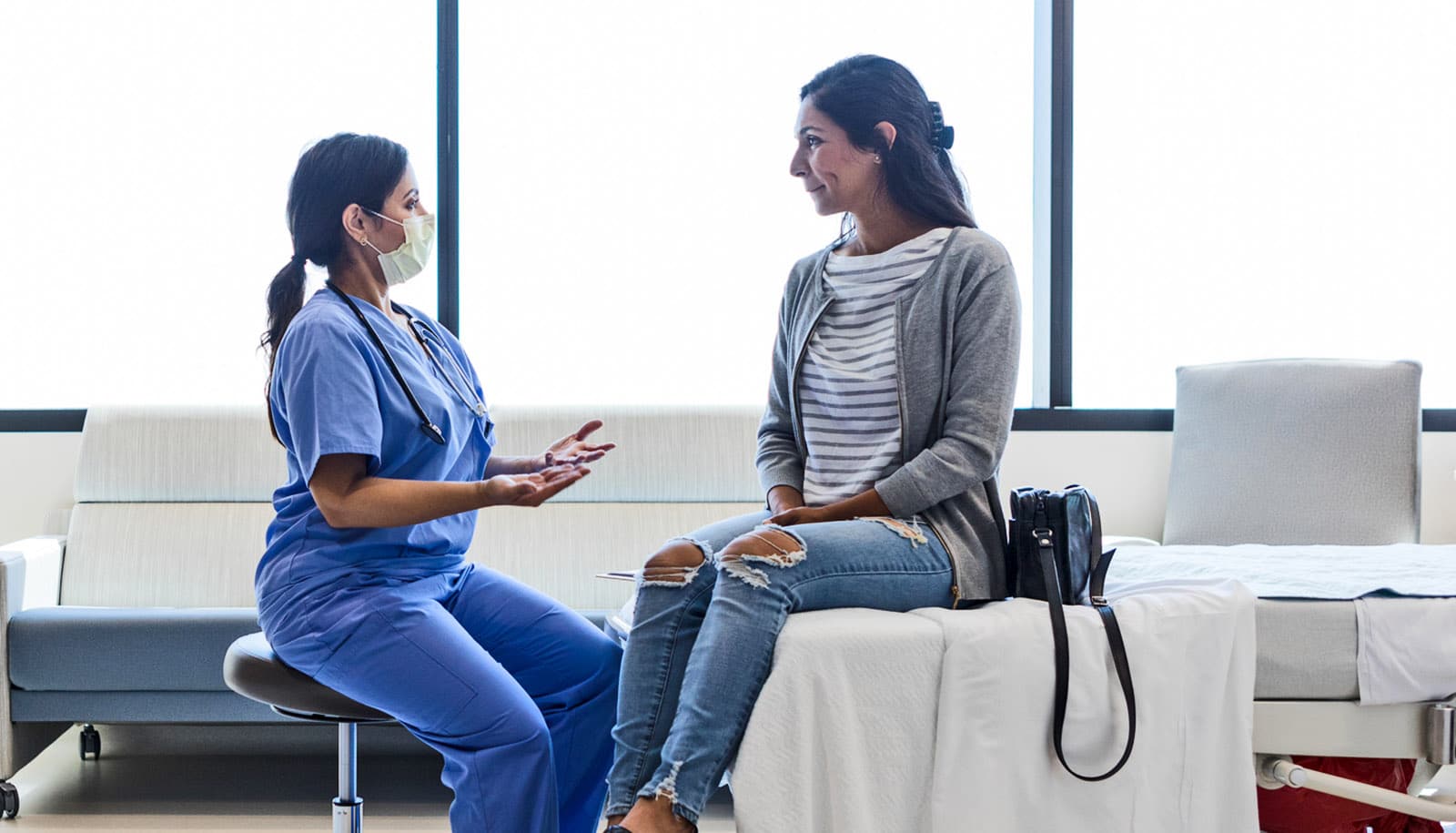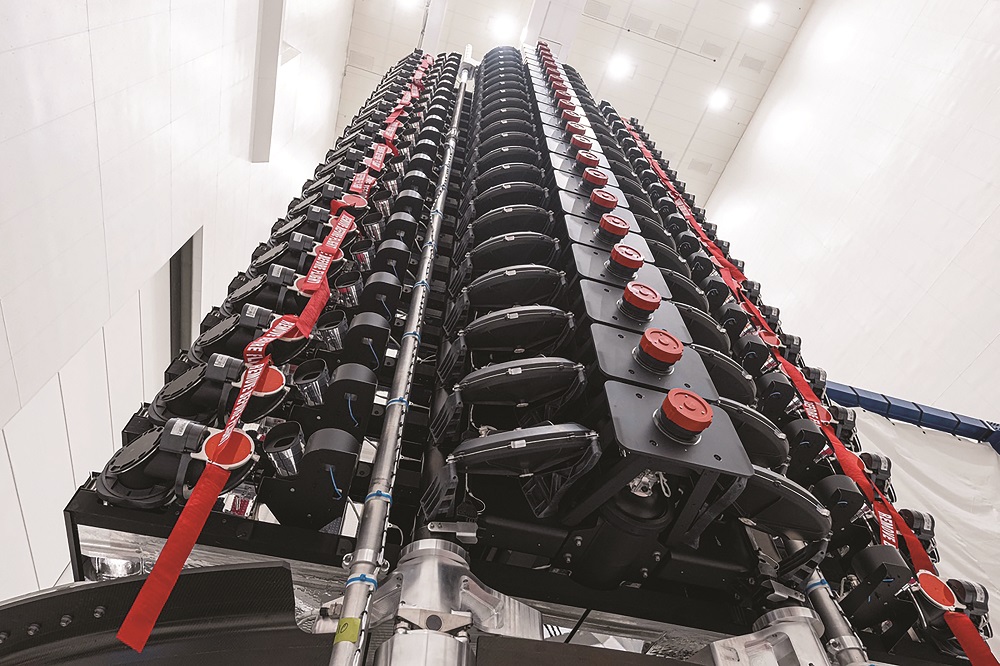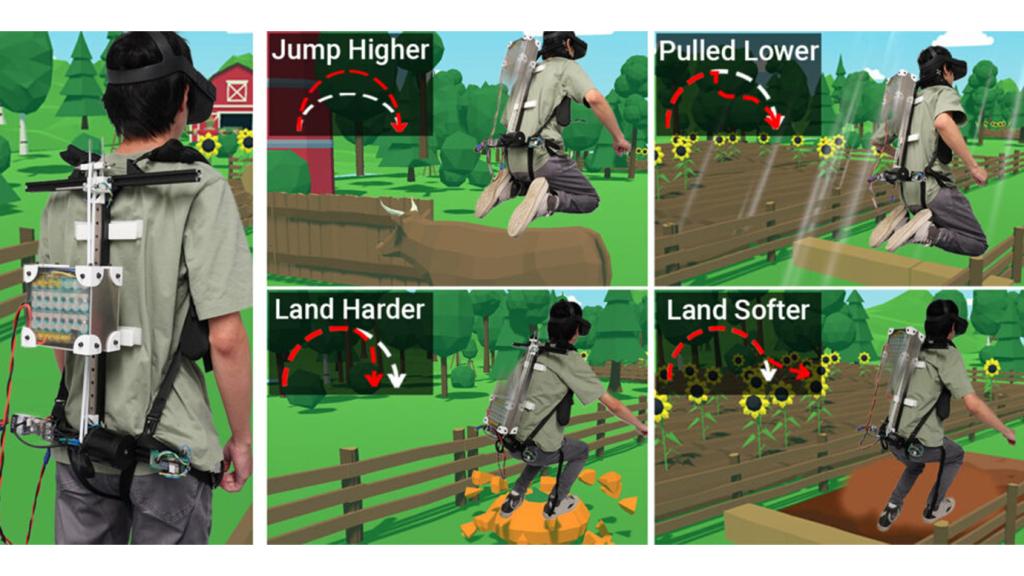TAMPA, Fla. — SpaceX called on the Federal Aviation Administration to correct a report to Congress warning that, by 2035, falling debris from U.S.-licensed constellations in low Earth orbit (LEO) could injure or kill someone every two years if they deploy as planned.
In an Oct. 9 letter to the FAA and Congress seen by SpaceNews, SpaceX principal engineer David Goldstein said the report relied on “deeply flawed analysis” based on assumptions, guesswork, and outdated studies. The letter came four days after SpaceNews contacted the company with questions about the report, published Oct. 5 on the FAA’s website.
In the report, the regulator said 28,000 hazardous fragments from de-orbiting satellites and the rockets that launch them could be surviving reentry each year by 2035 — particularly if SpaceX’s rapid Starlink expansion plans remain on track.
SpaceX has launched 5,000 Starlink satellites since 2019, has permission from the U.S. Federal Communications Commission to grow the constellation to 12,000, and is seeking international approvals to eventually expand to 40,000 Starlinks in orbit. According to the FAA report, Starlink represents more than 85% of the expected risk to people on the ground and aviation from falling debris in the timeframe.
The FAA was directed by Congress in 2020 to issue a report on the risks associated with the reentry disposal of satellites from LEO megaconstellations. In 2021, the FAA commissioned the Aerospace Corp., a federally funded nonprofit focused on space, to provide a technical assessment of the rise of LEO constellations and the risks posed to aviation and people on the ground by unplanned and controlled reentries of these satellites and the upper stages that launch them.
The FAA told Aerospace Corp. to focus on non-geostationary satellites launched by the United States under FAA licenses, so the analysis excluded constellations such as China’s proposed 13,000-satellite Guowang network.
The Aerospace Corp. also concluded the probability of “an aircraft downing accident” in 2035 at 0.0007 per year as a result of falling debris, which would likely kill all onboard.
However, the FAA conceded any “rise in reentry risk is minimal over the current risk” if SpaceX is correct in reporting zero surviving Starlink debris to date, and that their components are fragile enough to burn up entirely in the atmosphere.
“By 2035, if the expected large constellation growth is realized and debris from Starlink satellites survive reentry, the total number of hazardous fragments surviving reentries each year is expected to reach 28,000, and the casualty expectation, the number of individuals on the ground predicted to be injured or killed by debris surviving the reentries of satellites being disposed from these constellations, would be 0.6 per year, which means that one person on the planet would be expected to be injured or killed every two years.
“Some debris fragments would also be a hazard to people in aircraft. Projecting 2019 global air traffic to 2035 and assuming that a fragment that would injure or kill a person on the ground also would be capable of fatally damaging an aircraft, the probability of an aircraft downing accident (defined in the Aerospace report as a collision with an aircraft downing object) in 2035 would be 0.0007 per year.”
Excerpt from FAA report to Congress: Risk Associated with Reentry Disposal of Satellites from Proposed Large Constellations in Low Earth Orbit
According to satellite tracker and astrophysicist Jonathan McDowell, 358 Starlink satellites have de-orbited. There have been no reports of their debris reaching the ground.
“To be clear, SpaceX’s satellites are designed and built to fully demise during atmospheric reentry during disposal at end of life, and they do so [emphasis in original],” Goldstein wrote in the letter.
“Extensive engineering analysis and real-world operational experience verify this basic fact.”
The FAA based its conclusions on a claim that the space industry has not met the 90% success rate for post-mission disposal, he added, whereas he said SpaceX’s post-mission disposal success rate is greater than 99%.
Goldstein also said the analysis improperly leveraged a 23-year-old NASA study that found roughly one piece of debris survives reentry for every 100 kilograms on Iridium Communications satellites — a much smaller LEO constellation.
“The analysis is inapplicable to SpaceX satellites because — among other things — Iridium satellites were not even built to be fully demisable,” he said, and are “not similar in material, construction, design, orbit and operation from SpaceX or any other modern satellite in LEO.”
The FAA was unable to comment because Oct. 9 is a federal holiday in the United States.
Tricky work
Determining the exact risk from reentering satellites is difficult due to the uncertainties in reentry survivability calculations, Marlon Sorge, executive director of Aerospace’s Center for Orbital and Reentry Debris Studies, told SpaceNews via email Oct. 5.
“The phenomenology is quite complex and the available ‘ground truth’ data is limited,” Sorge said, and the exact results are also highly dependent on the specifics of satellite designs.
“As you can imagine it is very difficult to get ‘ground truth’ data on what survives reentry by observing actual reentries as they occur randomly all over the world, not usually in convenient locations,” he added.
Rather than trying to predict the future, he said the analysis sought to understand how behaviors lead to reentry consequences, so action can be taken to reduce potential risks.
“This kind of information helps in planning for possible future rule changes given the increased traffic that is possible in the future,” he said.
According to Goldstein, Aerospace Corp did not seek to review Starlink’s demisability analysis, and its “errors may have been avoided if Aerospace had simply made basic inquiries with SpaceX, but it elected not to do so.”
Goldstein also slammed Aerospace Corp. and the FAA for failing to update figures in the 2021 analysis for the size of constellations before submitting it to Congress.
While the report assumes 54,902 FCC-licensed satellites are in space across 12 filings from nine operators, updated regulatory filings have reduced this number by 7,518.
In addition to excluding constellations licensed by China and other foreign governments, Goldstein said the analysis failed to sufficiently consider U.S.-based Amazon’s plans to begin launching its proposed constellation of more than 3,200 satellites next year.
“The fact FAA simply accepted the Aerospace report without question or scrutiny raises concerns regarding FAA’s technical competence to responsibly assess and regulate in this area,” Goldstein wrote.
Rocket debris risk
As well as satellite reentries, the FAA report highlighted the increasing risk of falling debris from the rise in launches needed to deploy and sustain large LEO constellations.
The U.S. commercial rockets that launch large constellations typically leave their upper stage in orbit, which the report noted usually has more mass than individual satellites “and therefore poses a greater reentry risk to people on the ground.”
Whereas 60 Starlink first-generation satellites have a total mass of just over 17 tons, an upper stage of the Falcon 9 that launched them to LEO is over 25 tons.
The report also pointed to the reentry of a Falcon 9 upper stage in March 2021 following a Starlink launch that “could have landed anywhere from 53 degrees south to 53 degrees north latitude.”
Wreckage from the core stage of a Chinese Long March 5B rocket that reentered into Earth’s atmosphere two months later was widely criticized in the U.S. and elsewhere.
Although the debris fell into the ocean, where most random reentries end up because water covers 70% of the Earth, the FAA said the risk of large objects reentering over populated areas remains.
“Despite guidelines recommending purposeful reentry, large space objects reenter the Earth’s atmosphere roughly once a week,” the report added.
“Some are recently launched, and many more were launched prior to any agreed-upon disposal strategies.”
The U.S. government tracks reentries, but the FAA said it can’t predict them accurately enough to provide meaningful warnings to those in danger.
“As a rule of thumb, a reentry time can be off by ten percent of the orbital time remaining,” the report warned. “This means that 10 hours before reentry, the predicted reentry time can be off by one hour.”
Goldstein’s letter to the FAA did not touch on the risk of injury or death from rocket reentries.
The FAA published draft regulations in September that would require U.S. commercial launch providers to deorbit spent upper stages post-launch, primarily to reduce risks of orbital debris but also to limit risks to people on the ground from uncontrolled reentries.
However, the FAA said it does not have the authority to adequately address the risks associated with satellite constellations reentering from LEO.
An FAA rule-making on this matter depends on whether other agencies — the FCC or Department of Commerce — choose to begin their own process for regulating the reentry of constellation-related debris.
Oct. 10 update: Aerospace Corp. told SpaceNews via email that its technical team is in communication with SpaceX and others to review and update the data. An FAA spokesperson said it is reviewing SpaceX’s letter.
Related

